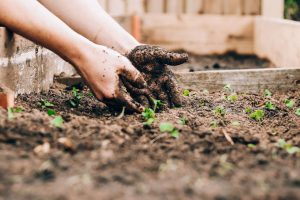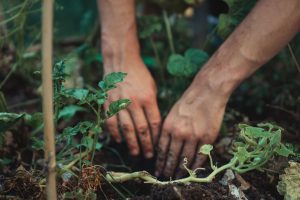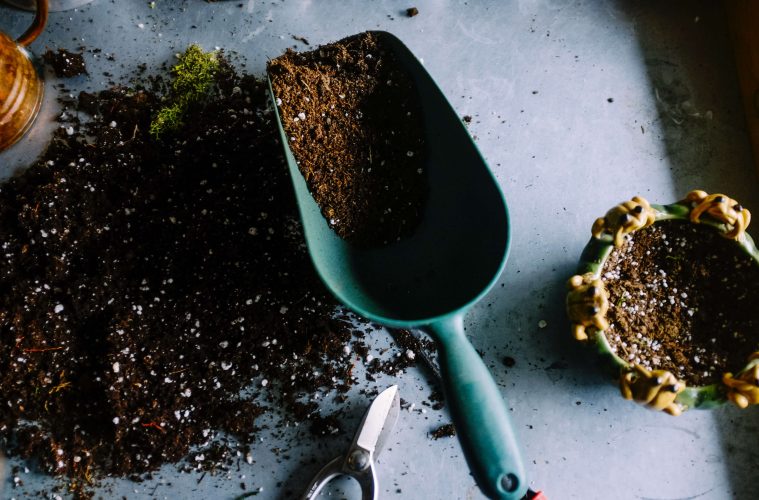Fertilising is a fundamental practice in gardening, ensuring that your plants receive the essential nutrients they need to flourish. To master the art of fertilisation, it’s essential to understand what your plants require and how to provide for them. In this article, we’ll explore the best fertilising schedule for different garden areas, from vegetable gardens to lawns and flower beds.
The Basics of Fertilisation
Simply put, fertilisers are necessary for soils lacking the nutrients plants need to thrive. You can identify a plant’s need for feeding through deficiency symptoms like yellowing leaves (lack of nitrogen), no flowers (lack of phosphorus), weak stems (lack of potassium), or stunted growth and curling leaves (lack of calcium).
The primary nutrients in fertilisers are Nitrogen (N), which promotes vegetative growth, Phosphorus (P), vital for root development and chlorophyll production, and Potassium (K), essential for overall plant vigor and sugar production, improving flower and fruit production.

Unsplash
Additional Micronutrients
Plants also require trace elements or micronutrients in small quantities, such as boron, iron, zinc, and others. Some fertilisers contain these micronutrients, depending on the product and its intended use.
Balancing Act
It’s important to remember that more fertiliser isn’t always better. Nutrients can be recycled naturally through decomposing organic matter and crop rotation. Over-fertilising can lead to abnormal plant growth, so achieving a balance is crucial.

Unsplash
Fertilising Your Garden Areas
Vegetable Gardens: Use a balanced fertiliser (2:3:4 NPK) every 4-6 weeks year-round for robust root development. For leafy greens like spinach, opt for a nitrogen-rich fertiliser (7:1:3) every two months.
Lawns: Your lawn needs nourishment too. Choose a lawn fertiliser suitable for your grass type and follow the manufacturer’s instructions. Generally, apply a lawn fertiliser (7:1:3) in early spring and repeat every 4-6 weeks during the growing season. Consider using LAN for a nitrogen boost or 2:3:2 in late winter in warmer climates to enhance root growth.
Garden Beds: Ensure your flower beds are well-prepared with organic fertilisers, compost, and superphosphate or bonemeal before planting. As a general rule, use a 3:1:5 SR (N) or 8:1:5 fertiliser for fruiting and flowering plants every 4-6 weeks. In colder climates during winter, only feed seasonal flowers.
Mastering the art of fertilisation is essential for a thriving garden. By understanding your plants’ needs and following a well-planned fertilising schedule, you’ll provide your garden with the nourishment it requires for healthy growth and vibrant blooms.
Feature image: Unsplash

